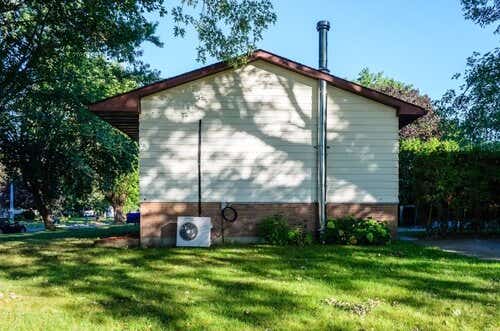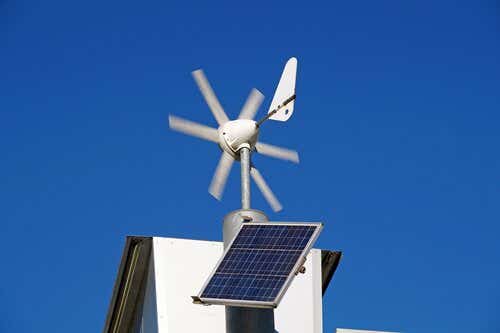NB: Barring a few exceptions, the Feed-In Tariff scheme closed to new applicants on 1 April 2019. The information in this guide should be used for reference only.
If you’ve got solar panels or another type of renewable energy source in your home (or are considering investing in them), you might be wondering if your associated Feed-In tariff locks you into one supplier, or if switching supplier changes your feed in tariff rate.
First off, you can still switch gas and electricity suppliers when you have solar panels or generate your own renewable energy in another way — but you must switch to an eligible supplier.
When it comes to your Feed-In tariff, it's Ofgem that sets the rates for the schemes. These rates track market prices, so they can change but should be guaranteed for a set amount of time from when you first signed up.
Because Feed-In Tariff rates are set by Ofgem, they will not be affected by switching supplier. And all big six suppliers will take on your Feed In Tariff. If you are thinking of switching to a small supplier, it's worth checking Ofgem's full list of suppliers that support the scheme.
Can I switch my energy without losing my Feed-In Tariff?
Yes, you can switch your energy supplier even with a Feed-In Tariff without losing your payments or having the payment rate changed.
You can switch your household energy supplier to one that does not participate the Feed-In Tariff (FiT) scheme, while keeping your FiT with your existing provider.
Which energy suppliers can I switch to with the Feed-In Tariff scheme?
You can switch to any energy supplier that is a Feed-In Tariff licensee.
There are two main types of licensed FiT supplier:
Mandatory - All energy suppliers with over 250,000 customers must be part of the Feed in Tariff scheme
Voluntary - All energy suppliers with fewer than 250,000 customers can apply to be part of the scheme. These are generally small energy suppliers that make green energy a focal point of their business model.
You can view the full list of licensed Feed-In Tariff suppliers here and then Compare Energy deals here to see if you can find a cheaper deal and still keep your FiT payments.
It's worth bearing in mind that switching energy supplier will not change your Feed-In Tariff payment rate. These rates are set by Ofgem, so changing energy supplier will not impact your rate.
How does the Feed-In Tariff work?
The Feed-In Tariff scheme is a government initiative aimed at putting more renewable energy into the grid by incentivising consumers and energy companies through payments.
The government pays companies to install the systems and pays households for producing excess renewable energy, which gets sold back to the energy supplier to return to the national grid.
The scheme stopped accepting new Feed-In Tariff applications on 31 March 2019. However, if you installed solar panels and had a Microgeneration Certification Scheme (MCS) certificate issued before this date, you were able to apply to your energy supplier until 31 March 2020.
How the Feed-In Tariff works in three steps:
1. Install eligible electricity generating technology on your property, e.g. solar panels
2. The electricity that is generated from your system is then used on your property. Any excess energy is sold back to the grid via your energy supplier
3. Your supplier arranges the payments based on the rate arranged at the time of installation and your method, which is set by Ofgem.
To learn more about how the Feed-In Tariff works, how much it pays and who is eligible for it, see our FiT guide here.
What are the tariff rates for the Feed-In Tariff scheme?
The rates are updated every quarter and are set by Ofgem. This means switching supplier will not impact your tariff rate. You can check the rates every three months to see how they’ve changed.
You can view the latest tariff rates on the Ofgem website here.
What kind of renewable energy technology is eligible?
Only certain kinds of electricity generation technology are available on the Feed-In Tariff scheme:
Wind power
Solar power (the most popular method under the scheme)
Photo voltaic power
Hydro anaerobic digestion (plant and animal material is broken down by bacteria, which produces methane that can then be used to generate energy)
Micro Combined Heat and Power (CHP) - this produces both heat and electricity from one process
So the short answer is that — yes, you can switch with a Feed-In Tariff without losing your rate or having it changed!




